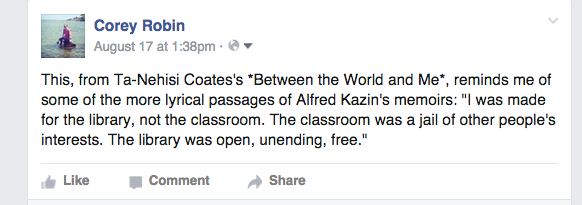Parul Sehgal in Bookforum:
AS AN INSTITUTION, the family is in the curious position of being regarded as both crucial to human survival and inimical to human freedom. It bears a note of bondage down to its root; family, that wonderfully warm, nourishing-sounding word (it’s the echo of mammal, mammary, mama, I suspect), derives from the Latin familia, a group of servants, the human property of a given household, from famulus, slave. Since its beginnings, family has carried this strain of being bonded—and not just in body but in imagination. “In landlessness alone resides the highest truth, shoreless, indefinite as God,” says Ishmael, setting sail in Moby-Dick. On shore, we are to understand, our minds remain manacled, too absorbed with the hearth to look up at the stars. The first thing the Buddha did in pursuit of enlightenment was to leave home (after naming his newborn son Rahula—“fetter”). For writers, the family has been posited as an especially hazardous pastime; as Cyril Connolly’s lugubrious forecast goes: “There is no more somber enemy of good art than the pram in the hall.” But a swarm of recent books have been freshly interrogating the family as experience, institution, and site for intellectual inquiry.
…The issue of attention burns at the core of all these books—Rachel Cusk examines how it contracts after the birth of a child, Anne Enright how it expands. Sarah Ruhl makes an aesthetic out of how it fractures. Ben Lerner asks if the uniquely intense quality of attention specific to the domestic can be coaxed out of familial bonds and into the public, Maggie Nelson how language helps or hinders our abilities to attend to each other. They all invite us to try to hold a little more in our eye, to define families broadly—out of necessity and joy—to remember, as Eula Biss might say, that they are continuous with everything on earth. “Everything is relevant,” wrote the poet James Tate. “I call it loving.”
More here.


